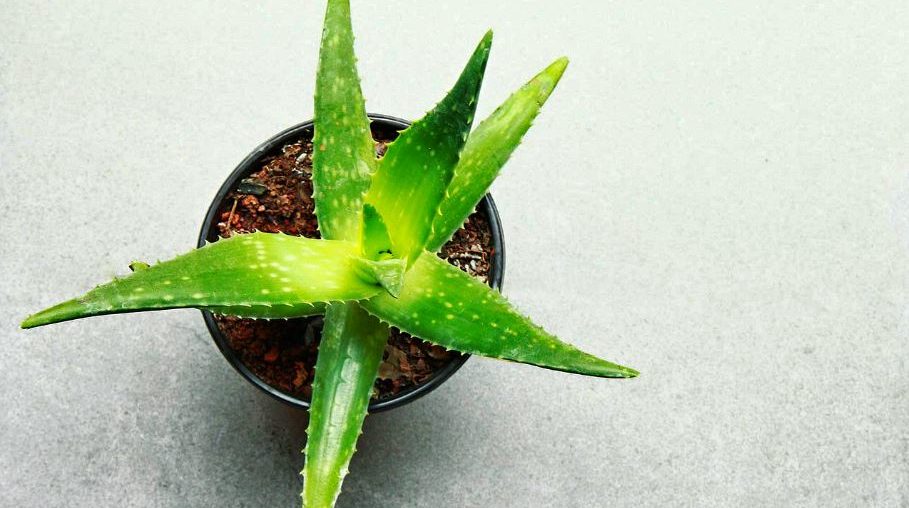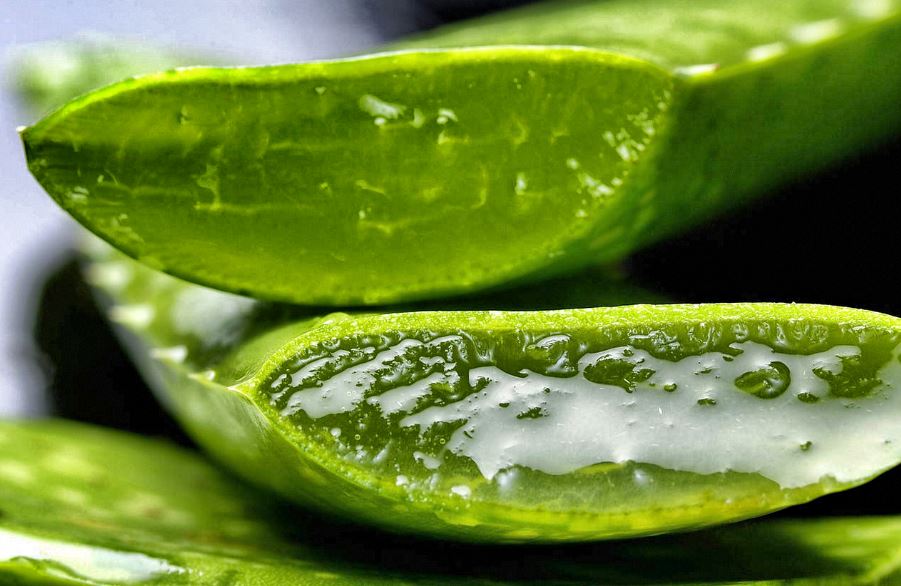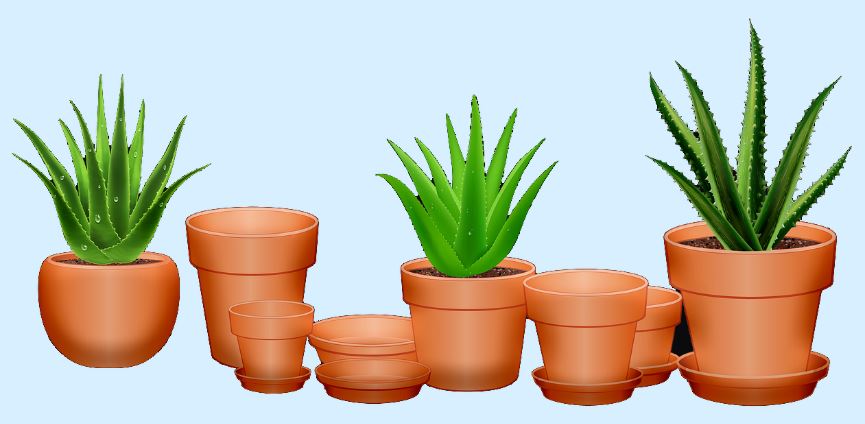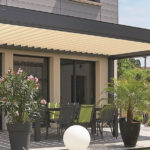Why and how to water an aloe vera?
Aloe vera requires very little water because it is used to the aridity of some tropical countries. The sign of an aloe being overwatered is when the leaves are too wet and begin to show signs of weakness. Water the aloe vera in depth until you see the water coming back up through the drainage holes at the bottom of the pot.
When repotting, it is advisable to let the roots adapt to the new soil earthy for two or three days without watering.
Rainwater is much more suitable watering an aloe, as is the case for all plants elsewhere, because rainwater does not contain limestone or chlorine. If you have the possibility of collecting rainwater via a tray placed under a gutter in your garden, then this will be an opportunity to share it with your aloe!
Aloe vera will grow naturally between April and September. If you want the shoot to go faster, you can add fertilizer while watering.
When to do it
It is recommended to water an aloe vera when the soil becomes dry, about 2 cm from its surface.
How often ?
To give you an idea of how often to water an aloe, once every ten to fifteen days is enough, no more. In winter the plant needs even less water, unless you put it near a heater, which is obviously not recommended.
Caring for an aloe vera: our practical advice
The best way to start is to pot your plant in a suitable pot to its size with a special soil for this type of species. Placing it in a larger pot will give it more space. In order to keep your aloe vera for several years, we advise you to repot it, once purchased in a store, except for those which are already sold in large pots with holes underneath.
Choose a pot three times the size of its base so the plant will be able to go to great lengths to expand in width. Place a saucer below the pot to keep the water close to the ground.
For repotting, use a special cactus mixture which will be dry and sandy and therefore almost identical to its land of origin, that of the deserts. Fill the pot to the base of the first leaves.
The small pebbles, or shells, allow the maintenance of humidity and respect its natural environment, dry roots, wet leaves.
A single aloe plant can produce “babies” that you can detach from the “mother” by paying attention to the roots, and put them in another pot so that they do not choke on each other. You can keep the family or also offer the “baby aloes” to those around you.
Know that there is no contraindication to keep an aloe vera in a room in a house or apartment. The plant does not support the cold, it is also strongly recommended to keep it in a room at room temperature during the winter (around 21 degrees) and to place the plant in the sun, for example near a window.
Warning : Make sure that the light is not directly exposed to the plant.
Insects can be attracted to the sap of aloe vera. To prevent them from sticking to it, you can use a natural pesticide.
Finally, aloe vera is naturally very good and recommended for the skin but also for healing, especially if you have a shallow wound, such as a burn. Aloe gel can be applied on the face or on the body. It can also calm the burning sensation caused by sunburn. To do this, break off a leaf from your plant and run the substance over your skin then rub.
>> To read also:











